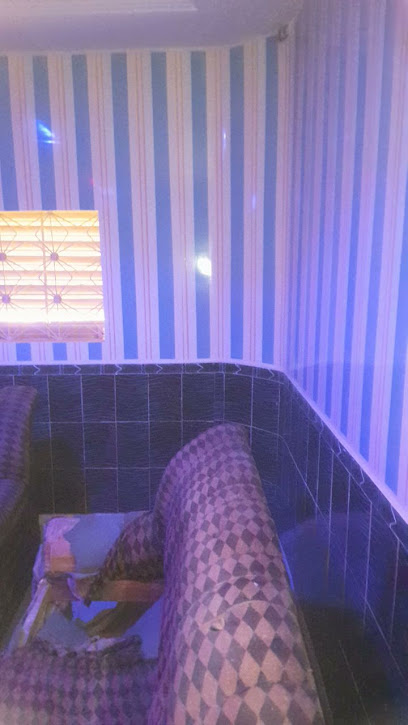
Discover the Historical Charm of Fort Cacheu
Explore the historic Fort Cacheu in Guinea-Bissau, a stunning fortress showcasing the country’s colonial past and breathtaking natural scenery.
Fort Cacheu, a historic fortress in Guinea-Bissau, invites tourists to explore its rich history and stunning architecture. Nestled in Cacheu, this site offers a glimpse into the colonial past and the strategic military significance of the region. With its impressive stone walls and picturesque surroundings, it is a must-visit destination for history enthusiasts and nature lovers alike.
A brief summary to Fort Cacheu
- Cacheu, GW
- Monday 9 am-5 pm
- Tuesday 9 am-5 pm
- Wednesday 9 am-5 pm
- Thursday 9 am-5 pm
- Friday 9 am-5 pm
- Saturday 9 am-1 pm
Local tips
- Visit during the early morning or late afternoon for cooler temperatures and beautiful lighting.
- Consider hiring a local guide to gain deeper insights into the fort's history and significance.
- Bring a camera to capture the stunning views from the fort's walls.
- Check the opening hours in advance, as they can vary throughout the week.
- Wear comfortable shoes for walking around the fort and its grounds.
Getting There
-
Walking
Start at the center of Canchungo, ideally near the main market. Head west on Avenida 14 de Novembro until you reach the junction with Rua 1 de Maio. Turn right on Rua 1 de Maio and continue walking for about 1.5 kilometers. You will pass several small shops and local eateries. Keep an eye out for local signage indicating the direction to Cacheu. After 1.5 kilometers, you will reach a fork; take the left path, which leads toward the river. Continue straight until you arrive at the Cacheu River. From here, you may notice signs for Fort Cacheu. The walk should take approximately 30-40 minutes, depending on your pace.
-
Bicycle
If you have access to a bicycle, start from the main square in Canchungo. Head west along Avenida 14 de Novembro. After about 2 kilometers, you will reach a fork in the road; take the left path toward Cacheu. Follow the road, which will lead you through scenic views of the countryside. After approximately 5 kilometers, you will see signs directing you to Fort Cacheu. The bike ride should take around 20-30 minutes, and it's a pleasant route for exploring the area.
-
Public Transport (Local Transport)
Find a local 'tuk-tuk' or shared taxi (often called 'boca-boca') from the main transport hub in Canchungo. Ask the driver to take you to Cacheu. The journey should take about 30 minutes, and you will be dropped off near the entrance to Fort Cacheu. Make sure to agree on a fare before starting your trip.
Discover more about Fort Cacheu
Iconic landmarks you can’t miss
Hotel Carrene Tours Village
0.1 km
Discover the enchanting coastal beauty and rich culture of Guinea-Bissau at Hotel Carrene Tours Village in Cacheu.
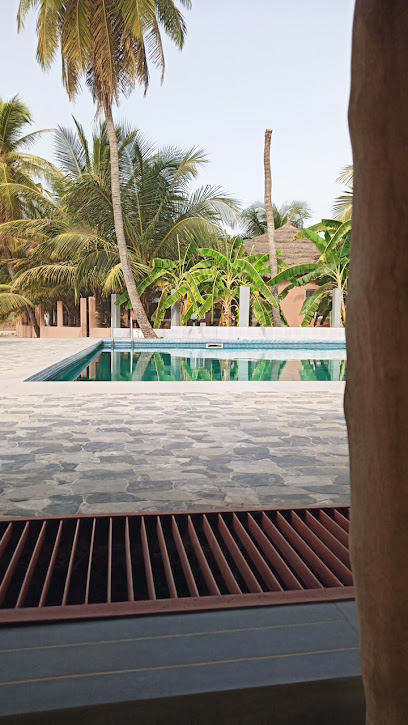
Centre Touristique et Culturel Casamance
21.0 km
Explore the vibrant culture and traditions of Senegal at the Centre Touristique et Culturel Casamance, a unique cultural hub for travelers.
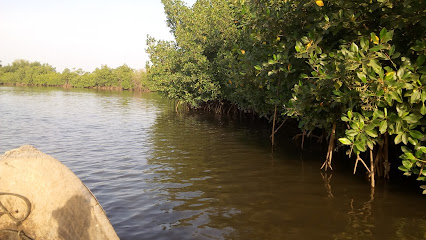
PEUTABE
24.5 km
Explore the rich history of Peutabe, a captivating historical landmark in Canchungo, Guinea-Bissau, surrounded by lush landscapes.

CANOW
24.5 km
Explore the historical charm of Canow in Guinea-Bissau, where vibrant culture meets rich heritage and unforgettable experiences await.

Canchungo Town Center
27.7 km
Discover the vibrant culture and daily life at Canchungo Town Center, the lively heart of Guinea-Bissau, where local traditions come to life.

Casa Canchungo
29.5 km
Discover the heart of Guinea-Bissau at Casa Canchungo, a cozy bed & breakfast offering authentic experiences and warm hospitality in Canchungo.
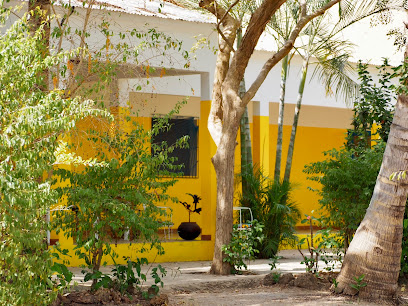
Terrains Djibelor
32.6 km
Explore Terrains Djibelor: A hidden gem in Ziguinchor showcasing vibrant local culture, unique architecture, and friendly community spirit.

Ziguinchor Airport (ZIG)
33.4 km
Discover the charm of southern Senegal through Ziguinchor Airport, your gateway to the breathtaking Casamance region's culture and beauty.
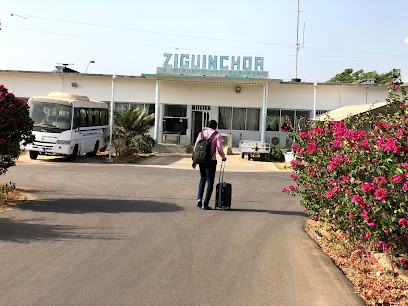
Rio Cacheu
33.7 km
Experience the tranquil beauty and rich biodiversity of Rio Cacheu, a hidden gem in Guinea-Bissau perfect for nature lovers and adventurers.

Casamance au Présent
33.8 km
Explore the vibrant culture and stunning landscapes of the Casamance region with personalized tours from Casamance au Présent in Ziguinchor.
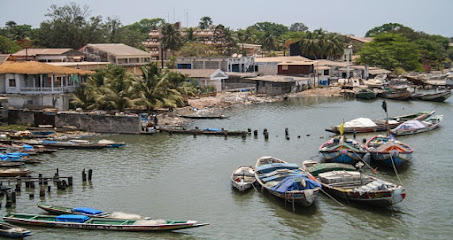
Camping Casamance
33.8 km
Camping Casamance: Your serene escape in Ziguinchor with nature, comfort, and delightful dining.

Casa Motel
33.8 km
Experience the charm of Senegal at Casa Motel in Ziguinchor, where comfort meets culture amidst stunning natural beauty.

French Alliance of Ziguinchor
34.5 km
Explore the French Alliance of Ziguinchor, a vibrant cultural center celebrating local art, music, and community spirit in Senegal.
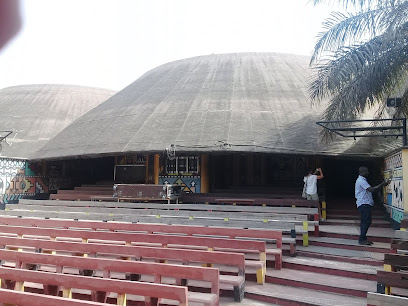
Zig Coup de Cœur ️
34.8 km
Discover the charm of Zig Coup de Cœur in Ziguinchor, where traditional Senegalese hospitality meets modern comfort in a serene setting.

Auberge Casafrique
35.4 km
Experience the heart of Senegal at Auberge Casafrique in Ziguinchor - a blend of comfort, culture, and local hospitality.
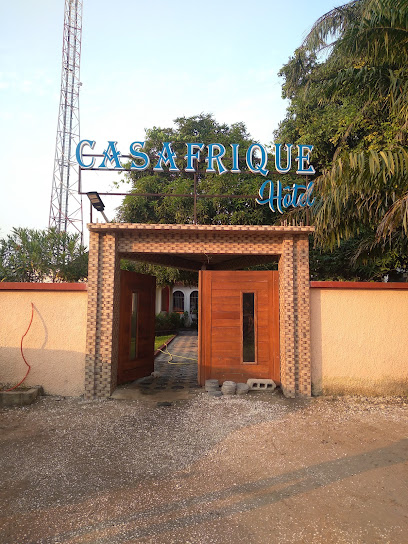
Unmissable attractions to see
Memorial da Escravatura e do Tráfico Negreiro de Cacheu
0.2 km
Explore the poignant history of the slave trade at the Memorial da Escravatura e do Tráfico Negreiro de Cacheu, a vital cultural landmark in Guinea-Bissau.
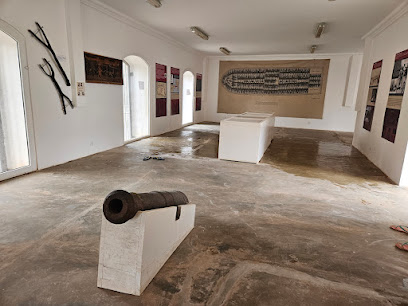
Cato cacharue chie canacan catige de região cacheu Guiné-Bissau
22.1 km
Discover the serene beauty and rich cultural heritage of Cato Cacharue, a hidden church in Cacheu, Guinea-Bissau.

Forêt de Djibelor
29.5 km
Explore Forêt de Djibelor, a national forest in Senegal, where nature thrives and adventure awaits in lush landscapes and diverse wildlife.

Abene
33.5 km
Explore Abene, a charming village in Casamance, Senegal, where vibrant culture meets stunning landscapes and welcoming local communities.
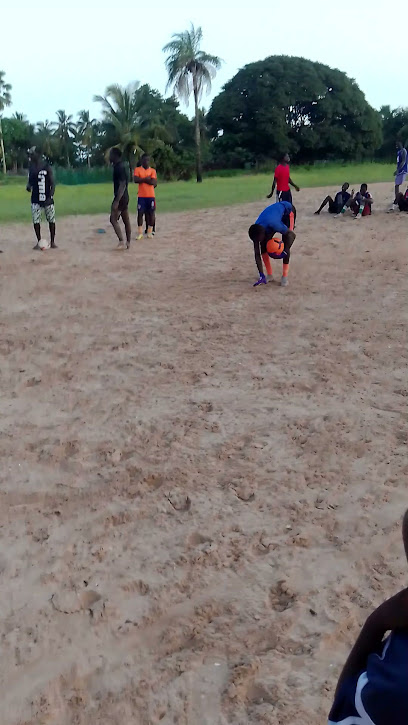
Kenia
33.6 km
Explore Kenia in Ziguinchor, a picturesque tourist attraction where nature, culture, and adventure unite for an unforgettable travel experience.

Ziguinchor Sénégal
34.1 km
Explore the architectural beauty and serene ambiance of the Grand Mosque in Ziguinchor, Senegal – a cultural gem and spiritual haven.
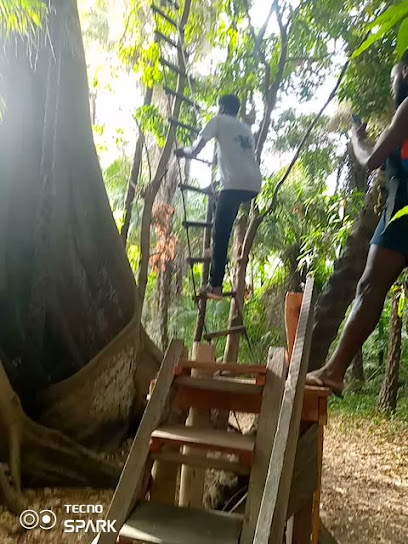
Rond-point Bélal Ly
35.5 km
Discover the essence of Ziguinchor at Rond-point Béla Ly, a vibrant hub of culture, local shops, and delicious Senegalese cuisine.
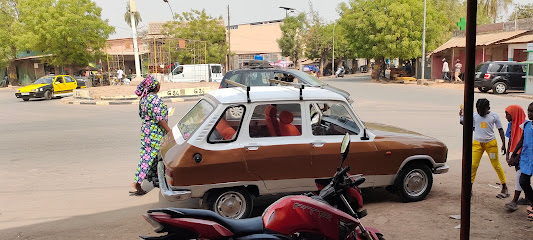
Débarcadère
35.9 km
Discover the breathtaking hiking trails and serene natural beauty of Démarcadère in Ziguinchor, a true outdoor paradise in Senegal.
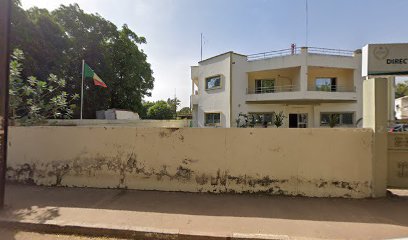
Place publique Gouvernance
36.3 km
Experience the vibrant culture and community of Ziguinchor at Place Publique Gouvernance, a must-visit public square filled with local charm and activity.
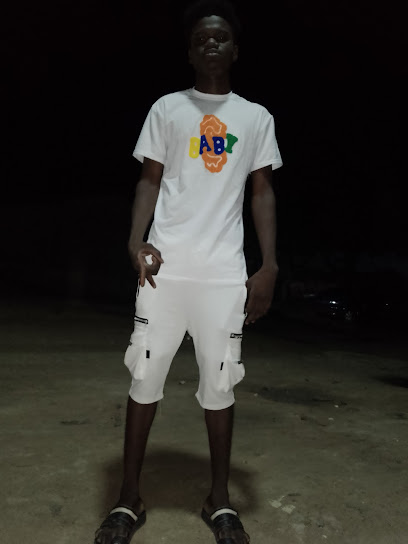
Fête du canard
40.6 km
Experience the vibrant Fête du Canard in Enampore, Senegal, a cultural festival celebrating local traditions, music, and delicious cuisine.

Kalunai
43.2 km
Experience the authentic charm of Kalunai, a hidden gem in Dioubour, where local culture and breathtaking landscapes await you.

Parc national de Basse Casamance
45.5 km
Explore the diverse ecosystems and vibrant wildlife of Parc National de Basse Casamance, a serene escape in the heart of Senegal.
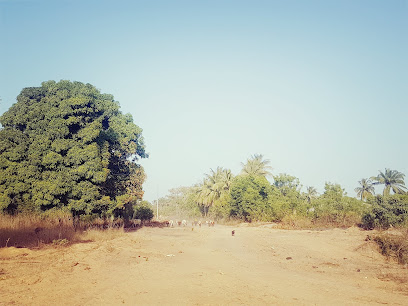
Paterne cajou
47.7 km
Discover the serene beauty of Paterne Cajou in Oussouye, a hidden gem that blends nature and culture for an unforgettable experience.
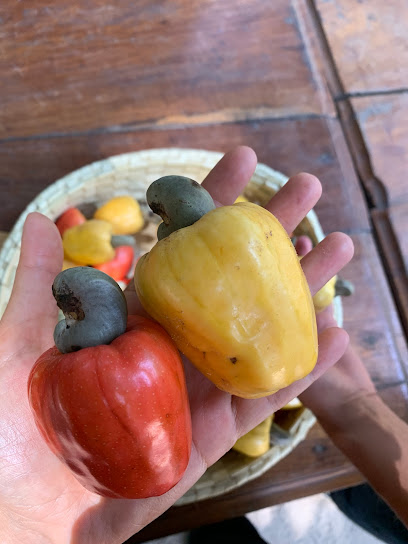
Sculpture
50.5 km
Explore the captivating artistic expressions of Boukitimgo at the Sculpture, where nature meets creativity in stunning outdoor displays.

Île aux oiseaux
60.0 km
Discover the untouched beauty of Île aux Oiseaux, a serene island in Senegal, teeming with vibrant birdlife and captivating landscapes.
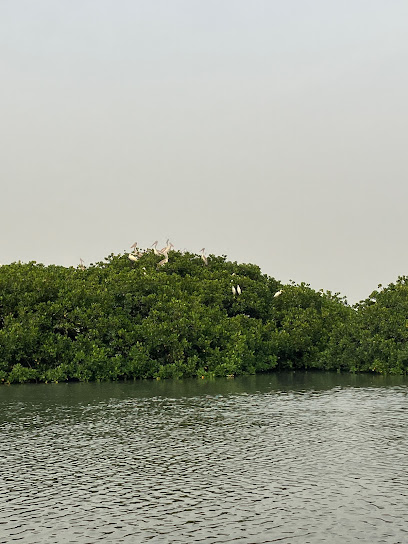
Essential places to dine
Restaurante Casa Monteiro
27.7 km
Experience authentic Guinea-Bissauan cuisine at Restaurante Casa Monteiro in Canchungo – a culinary journey filled with rich flavors and warm hospitality.

Restaurante Bar Brazil
27.8 km
Discover authentic Guinea-Bissauan cuisine at Restaurante Bar Brazil, famous for its delicious fries and welcoming atmosphere in Canchungo.

Restaurant musé SAES de Ziguinchor
32.9 km
Experience authentic Senegalese flavors at Restaurant musé SAES de Ziguinchor - where culinary tradition meets warm hospitality.
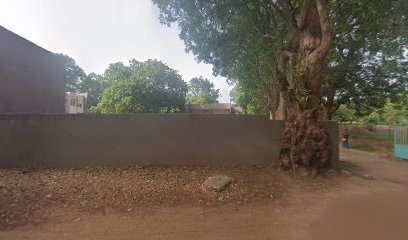
VITO LUNCH Restaurant de Ziguinchor
33.5 km
Discover delightful Senegalese cuisine at VITO LUNCH Restaurant de Ziguinchor – your gateway to authentic flavors near Ziguinchor airport.
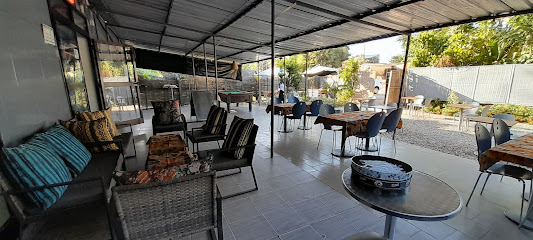
Makari
33.7 km
Discover authentic Senegalese flavors at Makari, a must-visit restaurant in Ziguinchor that celebrates local culinary traditions.
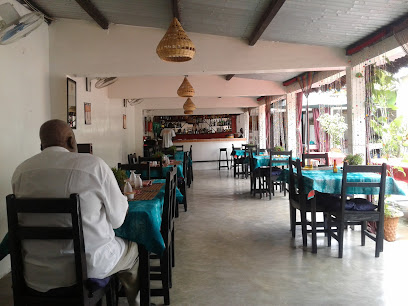
Dary Restaurant
34.2 km
Discover authentic Senegalese cuisine at Dary Restaurant in Ziguinchor – where every dish tells a story.
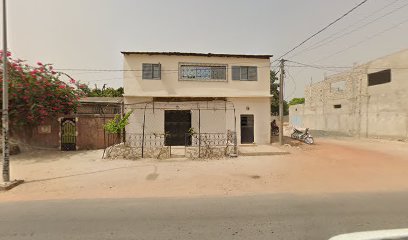
La Signare
34.3 km
Discover authentic Senegalese cuisine at La Signare in Ziguinchor, where traditional flavors meet warm hospitality.
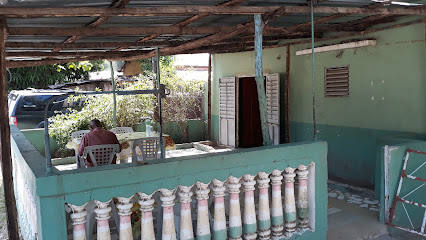
LE POULET CASAMANCAIS
34.5 km
Savor authentic Senegalese flavors at Le Poulet Casamançais - where every dish tells a story.
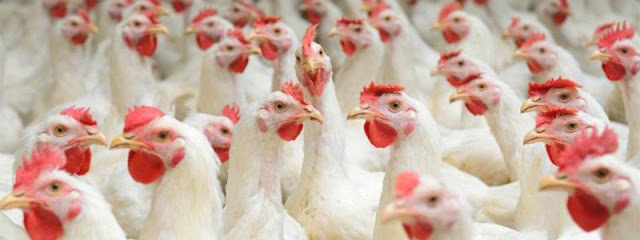
Fast-food Lateranga
34.6 km
Experience delicious fast food at Fast-food Lateranga in Ziguinchor - where local flavors meet vibrant dining!

SICORY Restaurant
34.6 km
Experience authentic Senegalese cuisine at SICORY Restaurant in Ziguinchor - where every dish tells a story.
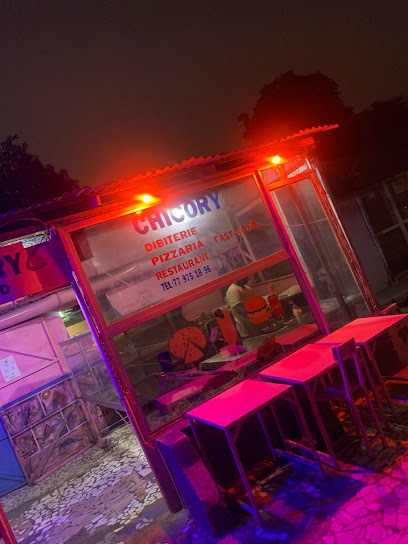
Dibiterie De La Paix
34.7 km
Experience authentic Senegalese cuisine at Dibiterie De La Paix in Ziguinchor - where every dish tells a story.
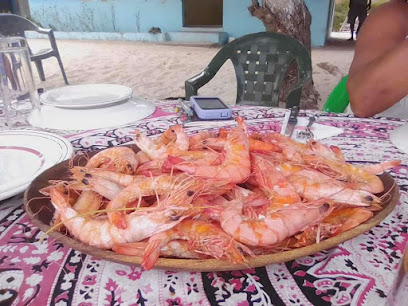
La Douma
34.8 km
Experience the best of Senegalese cuisine at La Douma in Ziguinchor - where tradition meets taste.
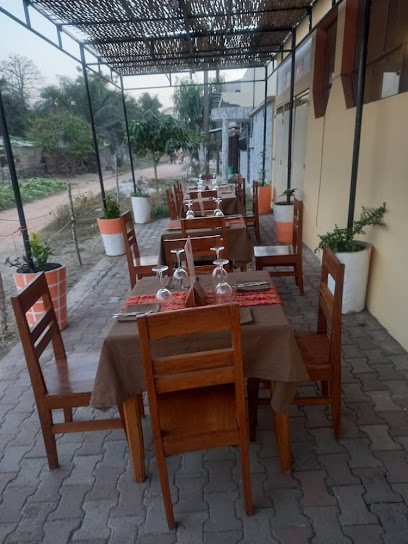
Resto Chicory
34.9 km
Experience authentic Senegalese cuisine at Resto Chicory in Ziguinchor - where tradition meets modern dining.

Resto Fast Food
35.3 km
Discover delightful fast food experiences at Resto Fast Food in Ziguinchor – where every meal is a flavor adventure!

Dibiterie Restaurant Fast Food Chez Lamine Bara
35.3 km
Discover authentic Senegalese fast food at Dibiterie Restaurant Fast Food Chez Lamine Bara in Ziguinchor - where flavor meets tradition.
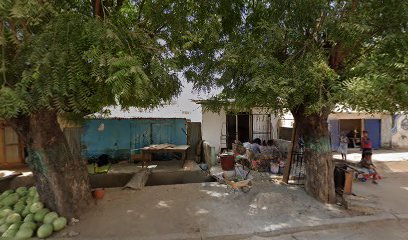
Markets, malls and hidden boutiques
Praça de cacheu
0.4 km
Explore Praça de Cacheu, a charming coffee shop in Cacheu that offers rich local brews and a vibrant atmosphere perfect for relaxation.

Binoclé
10.2 km
Discover the Authentic Tobacco Experience at Binoclé in Cacheu, Guinea-Bissau - A Must-Visit for Cultural Enthusiasts.

Centro de Produçao e venda de Mel puro
14.4 km
Discover the sweet essence of Guinea-Bissau at Centro de Produção e Venda de Mel Puro, where pure honey and local culture meet.

Loja Bela Comercial
26.8 km
Experience the vibrant local culture at Loja Bela Comercial, a bustling shopping mall in Canchungo, Guinea-Bissau.

Casa Charbel
27.6 km
Discover the vibrant local culture at Casa Charbel in Calequisse, offering unique products and an authentic shopping experience.
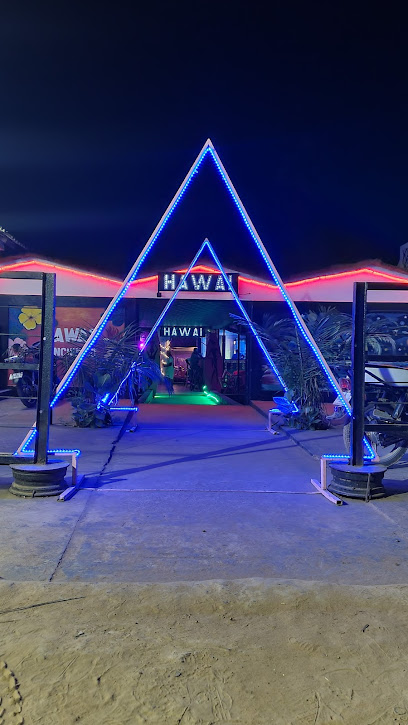
Casa Nasser
27.6 km
Experience the vibrant shopping scene at Casa Nasser in Canchungo, Guinea-Bissau, where local culture meets modern retail.

Farmacia Liberté Canchungo
28.0 km
Farmacia Liberté Canchungo: Your trusted pharmacy for health essentials in the heart of Guinea-Bissau.
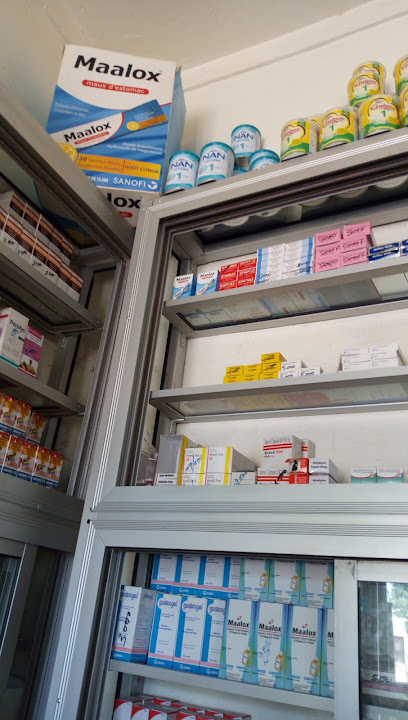
Farmácia
28.2 km
Discover Canchungo's pharmacy, your go-to spot for health and wellness essentials while exploring Guinea-Bissau.
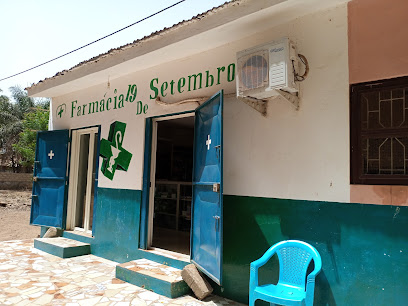
Supérette achat castor
32.9 km
Explore the heart of Ziguinchor at Supérette Achat Castor, your local hub for fresh produce and everyday essentials.
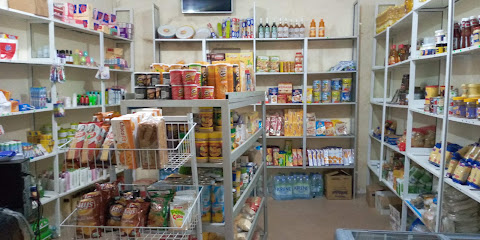
Bodian Électrique
33.4 km
Explore Bodian Électrique in Djibock for a diverse range of cosmetics that reflect the rich essence of Senegalese beauty culture.
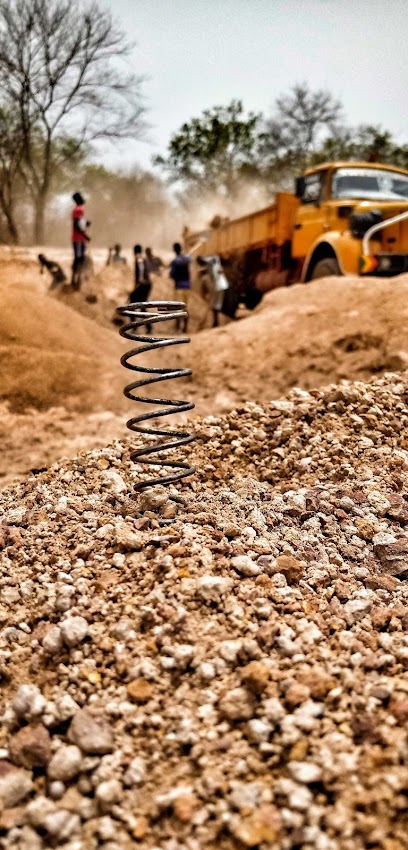
Bocandé Transfert Multi Service
33.4 km
Explore top-notch computer products and services at Bocandé Transfert Multi Service in Ziguinchor, the tech hub for travelers and locals alike.

Lizy creation
33.5 km
Explore Lizy Creation, a dress store in Senegal, where traditional craftsmanship meets modern fashion in a vibrant shopping experience.

Diabis
33.5 km
Discover the essence of Ziguinchor at Diabis, a local store filled with unique crafts and genuine Senegalese culture.
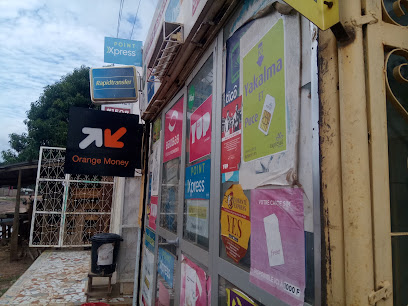
MDS ZIG
33.5 km
Explore MDS ZIG in Ziguinchor for top-notch electronics and gadgets to enhance your travel experience in Senegal.
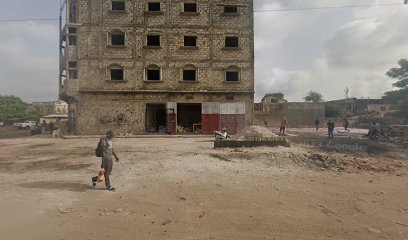
Khalifa VIP shop
33.6 km
Explore the vibrant fashion scene at Khalifa VIP Shop in Ziguinchor, where local style meets modern elegance.
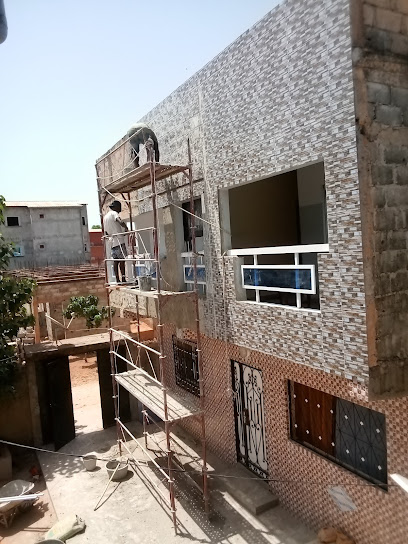
Essential bars & hidden hideouts
Bar Encosta da Serra (Fembidjam)
14.4 km
Experience the vibrant local culture at Bar Encosta da Serra in São Domingos, Guinea-Bissau – your go-to spot for refreshing drinks and friendly faces.

Bélimi babok(munto-munto)
27.6 km
Explore the vibrant essence of Canchungo at Bélimi babok, a local bar offering authentic drinks and a warm atmosphere perfect for relaxation.

EMPIRE BAR
28.2 km
Discover the vibrant and welcoming atmosphere of Empire Bar in Canchungo, a must-visit spot for tourists seeking local culture and nightlife.

Barre
32.1 km
Experience the vibrant nightlife of Ziguinchor at Barre, a cozy bar offering local drinks and a welcoming atmosphere.

Amadou Tidiane Deye
32.5 km
Discover the vibrant atmosphere of Amadou Tidiane Deye in Ziguinchor, where locals and tourists converge for refreshing drinks and lively conversations.
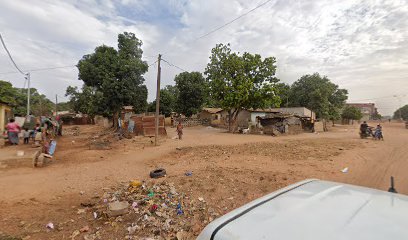
Dapokinne
33.1 km
Experience the vibrant nightlife of Ziguinchor at Dapokinne, a lively bar offering local flavors and a welcoming atmosphere.
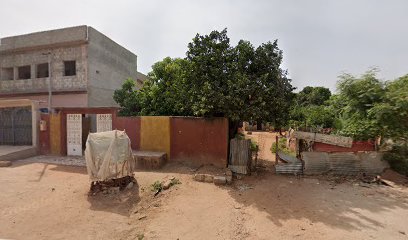
Dany bar
33.3 km
Experience the charm of Ziguinchor at Dany Bar, where locals gather and the atmosphere is always friendly and inviting.
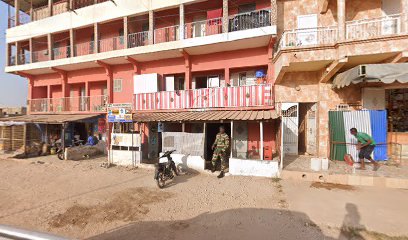
Nawtarane Bar
33.4 km
Discover the vibrant flavors of Senegal at Nawtarane Bar, Ziguinchor's go-to destination for authentic cuisine and lively atmosphere.
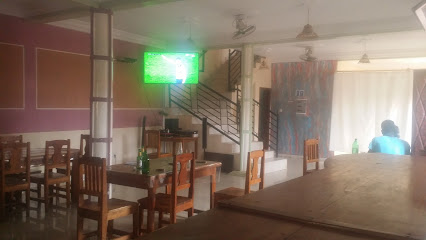
Baraca Bar
33.6 km
Experience the vibrant atmosphere and local flavors at Baraca Bar in Ziguinchor, the perfect spot to unwind and enjoy the nightlife.

Nankaby
33.7 km
Experience the vibrant nightlife of Ziguinchor at Nankaby, where local drinks and friendly faces create unforgettable memories.
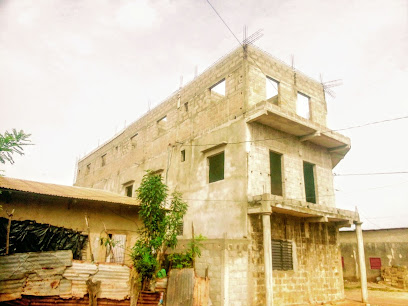
NAWUTARAAN BAR
33.9 km
Discover the flavors of Senegal at Nawutaraan Bar in Ziguinchor, where local cuisine meets vibrant atmosphere.
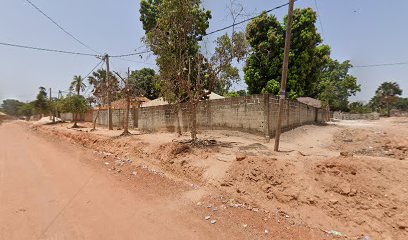
NEMA BAR
33.9 km
Experience the vibrant nightlife of Ziguinchor at Nema Bar, where refreshing drinks and local culture come together in perfect harmony.

Bar Resto Chez King, Ziguinchor
34.0 km
Discover the lively atmosphere and local flavors at Bar Resto Chez King in Ziguinchor, a perfect blend of comfort and culture.
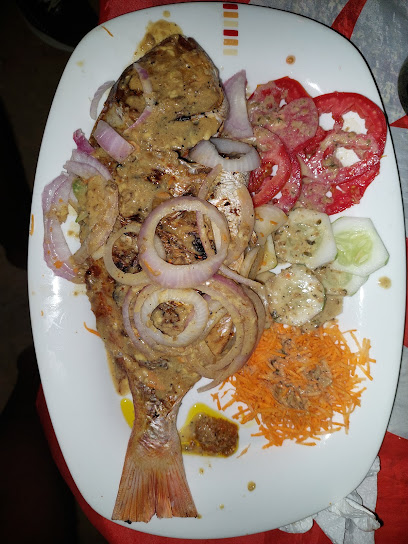
DAPOKINE BAR
34.0 km
Discover Dapokine Bar in Ziguinchor – where vibrant nightlife meets a warm local atmosphere, perfect for relaxation and socializing.
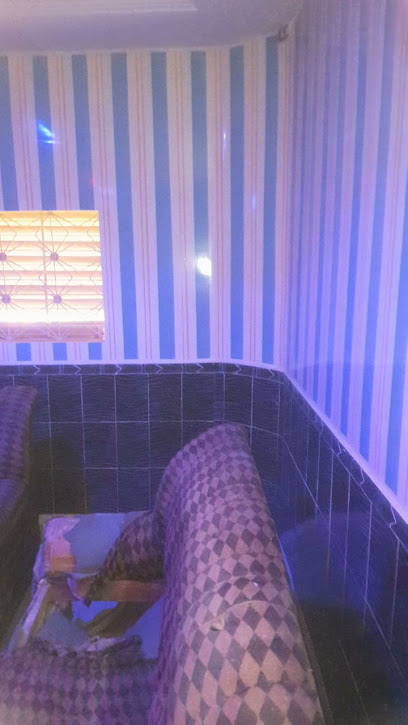
DAPOKINE BAR ET HÔTEL
34.0 km
Discover the lively ambiance and local flavors at Dapokine Bar et Hôtel, a must-visit spot in Ziguinchor, Senegal.
